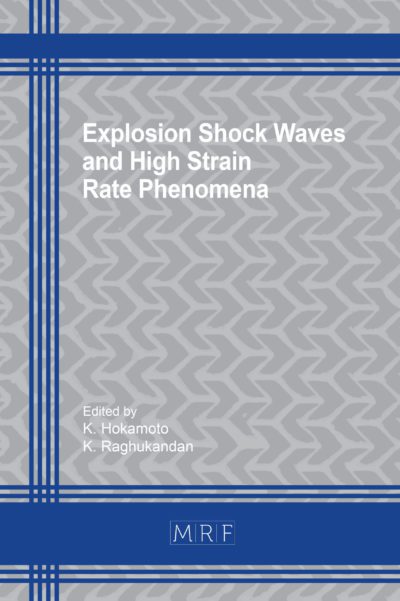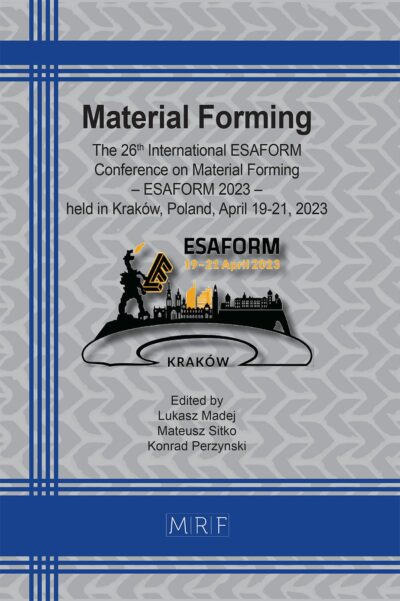Numerical simulation of coronary arteries blood flow: effects of the aortic valve and boundary conditions
Seyyed Mahmoud Mousavi, Gianluca Zitti, Marco Pozzi, Maurizio Brocchini
download PDFAbstract. Sudden cardiac death in athletes is often related to anomalies in coronary origin, which may affect how coronary arteries supply blood to the heart; this highlights the importance of understanding coronary perfusion. Studies for the simulation and predictions of coronary blood flow under normal or disease conditions are many. Numerical simulations can provide rich information about the coronary blood flow with reduced costs in relation to physical models. Correct numerical simulation of the coronary blood flow is still challenging due to the complex interactions with the upstream, e.g., the aortic root, and downstream, e.g., the ventricular contraction, parts of the coronary arteries. Among all, the intrinsic ability of coronary artery autoregulation, intramyocardial resistance, cardiac frequency, and aortic valve functioning could significantly affect the coronary artery perfusion. In the present study, we aim at investigating the effects of the aortic valve and boundary conditions on coronary perfusion. We numerically modeled, by means of the ANSYS-Fluent software, the blood flow inside the proximal parts of the left and right coronary arteries, aortic sinuses of Valsalva, and ascending aorta with and without the aortic valve; the geometry of the computational model represents the average healthy person. Physiological boundary values have been applied at the computational domain boundaries to achieve a stable solution of the Navier-Stokes equations, which govern the incompressible, laminar, Newtonian blood flow. Our numerical results give insight into a proper numerical setup to predict coronary blood flow.
Keywords
Coronary Perfusion, Aortic Valve, Boundary Conditions, Numerical Simulation
Published online 3/17/2022, 6 pages
Copyright © 2023 by the author(s)
Published under license by Materials Research Forum LLC., Millersville PA, USA
Citation: Seyyed Mahmoud Mousavi, Gianluca Zitti, Marco Pozzi, Maurizio Brocchini, Numerical simulation of coronary arteries blood flow: effects of the aortic valve and boundary conditions, Materials Research Proceedings, Vol. 26, pp 281-286, 2023
DOI: https://doi.org/10.21741/9781644902431-46
The article was published as article 46 of the book Theoretical and Applied Mechanics
![]() Content from this work may be used under the terms of the Creative Commons Attribution 3.0 license. Any further distribution of this work must maintain attribution to the author(s) and the title of the work, journal citation and DOI.
Content from this work may be used under the terms of the Creative Commons Attribution 3.0 license. Any further distribution of this work must maintain attribution to the author(s) and the title of the work, journal citation and DOI.
References
[1] K. G. Harmon, J. A. Drezner, M. G. Wilson, and S. Sharma, “Incidence of sudden cardiac death in athletes: a state-of-the-art review,” Heart, vol. 100, no. 16, pp. 1227–1234, 2014. https://doi.org/10.1136/heartjnl-2014-093872.rep
[2] A. Rohila and A. Sharma, “Detection of sudden cardiac death by a comparative study of heart rate variability in normal and abnormal heart conditions,” Biocybern. Biomed. Eng., vol. 40, no. 3, pp. 1140–1154, 2020. https://doi.org/10.1016/j.bbe.2020.06.003
[3] A. P. Burke, A. Farb, R. Virmani, J. Goodin, and J. E. Smialek, “Sports-related and non-sports-related sudden cardiac death in young adults,” Am. Heart J., vol. 121, no. 2, pp. 568–575, 1991. https://doi.org/10.1016/0002-8703(91)90727-Y
[4] A. J. Taylor, K. M. Rogan, and R. Virmani, “Sudden cardiac death associated with isolated congenital coronary artery anomalies,” J. Am. Coll. Cardiol., vol. 20, no. 3, pp. 640–647, 1992. https://doi.org/10.1016/0735-1097(92)90019-J
[5] M. C. de Jong, T. S. S. Genders, R.-J. van Geuns, A. Moelker, and M. G. Hunink, “Diagnostic performance of stress myocardial perfusion imaging for coronary artery disease: a systematic review and meta-analysis,” Eur. Radiol., vol. 22, no. 9, pp. 1881–1895, 2012. https://doi.org/10.1007/s00330-012-2434-1
[6] M. Kadem, L. Garber, M. Abdelkhalek, B. K. Al-Khazraji, and Z. Keshavarz-Motamed, “Hemodynamic modeling, medical imaging, and machine learning and their applications to cardiovascular interventions,” IEEE Rev. Biomed. Eng., p. 1, 2022. https://doi.org/10.1109/RBME.2022.3142058
[7] I. E. Vignon-Clementel, C. Alberto Figueroa, K. E. Jansen, and C. A. Taylor, “Outflow boundary conditions for three-dimensional finite element modeling of blood flow and pressure in arteries,” Comput. Methods Appl. Mech. Eng., vol. 195, no. 29, pp. 3776–3796, 2006. https://doi.org/10.1016/j.cma.2005.04.014
[8] H. J. Kim, I. E. Vignon-Clementel, J. S. Coogan, C. A. Figueroa, K. E. Jansen, and C. A. Taylor, “Patient-specific modeling of blood flow and pressure in human coronary arteries,” Ann. Biomed. Eng., vol. 38, no. 10, pp. 3195–3209, 2010. https://doi.org/10.1007/s10439-010-0083-6
[9] M. Mirramezani and S. C. Shadden, “A Distributed Lumped Parameter Model of Blood Flow,” Ann. Biomed. Eng., vol. 48, no. 12, pp. 2870–2886, 2020, doi: 10.1007/s10439-020-02545-6. https://doi.org/10.1007/s10439-020-02545-6
[10] M. Mirramezani and S. C. Shadden, “Distributed lumped parameter modeling of blood flow in compliant vessels,” J. Biomech., vol. 140, p. 111161, 2022. https://doi.org/10.1016/j.jbiomech.2022.111161
[11] H. Reul, A. Vahlbruch, M. Giersiepen, T. H. Schmitz-Rode, V. Hirtz, and S. Effert, “The geometry of the aortic root in health, at valve disease and after valve replacement,” J. Biomech., vol. 23, no. 2, pp. 181–191, 1990. https://doi.org/10.1016/0021-9290(90)90351-3
[12] J. T. Dodge Jr, B. G. Brown, E. L. Bolson, and H. T. Dodge, “Intrathoracic spatial location of specified coronary segments on the normal human heart. Applications in quantitative arteriography, assessment of regional risk and contraction, and anatomic display.,” Circulation, vol. 78, no. 5, pp. 1167–1180, 1988. https://doi.org/10.1161/01.CIR.78.5.1167
[13] J. T. Dodge, B. G. Brown, E. L. Bolson, and H. T. Dodge, “Lumen diameter of normal human coronary arteries. Influence of age, sex, anatomic variation, and left ventricular hypertrophy or dilation.,” Circulation, vol. 86, no. 1, pp. 232–246, Jul. 1992. https://doi.org/10.1161/01.CIR.86.1.232
[14] S. Nobari, R. Mongrain, R. Leask, and R. Cartier, “The effect of aortic wall and aortic leaflet stiffening on coronary hemodynamic: a fluid–structure interaction study,” Med. Biol. Eng. Comput., vol. 51, no. 8, pp. 923–936, 2013. https://doi.org/10.1007/s11517-013-1066-1
[15] G. Marom, R. Haj-Ali, E. Raanani, H.-J. Schäfers, and M. Rosenfeld, “A fluid–structure interaction model of the aortic valve with coaptation and compliant aortic root,” Med. Biol. Eng. Comput., vol. 50, no. 2, pp. 173–182, 2012. https://doi.org/10.1007/s11517-011-0849-5
[16] H. E. Salman, L. Saltik, and H. C. Yalcin, “Computational Analysis of Wall Shear Stress Patterns on Calcified and Bicuspid Aortic Valves: Focus on Radial and Coaptation Patterns,” Fluids , vol. 6, no. 8. 2021. https://doi.org/10.3390/fluids6080287
[17] M. Yin, A. Yazdani, and G. E. Karniadakis, “One-dimensional modeling of fractional flow reserve in coronary artery disease: Uncertainty quantification and Bayesian optimization,” Comput. Methods Appl. Mech. Eng., vol. 353, pp. 66–85, 2019. https://doi.org/10.1016/j.cma.2019.05.005














